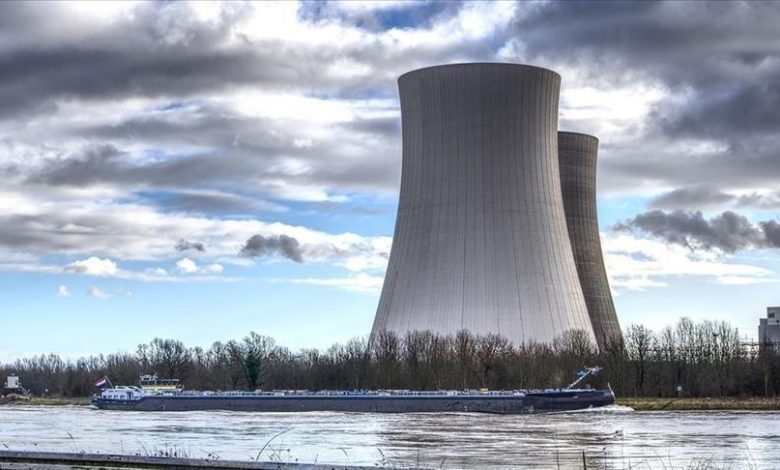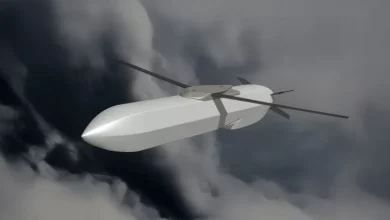South Korea, Poland discuss strategic cooperation in nuclear energy, arms

South Korean president met with his Polish counterpart in Warsaw
South Korea and Poland discussed cooperation in nuclear energy, arms and infrastructure on Thursday, vowing to work together for the reconstruction of war-torn Ukraine.
South Korean President Yoon Suk Yeol met with his Polish counterpart Andrzej Duda in Warsaw to discuss ways to expand cooperation with Poland in the defense and high-tech sectors, including clean energy, next-generation batteries, electric vehicles and information technology, Seoul-based Yonhap News reported.
The two countries agreed that they are “optimal partners” for Ukraine’s reconstruction.
Yoon arrived in Warsaw on Wednesday on a three-day official visit after attending a NATO summit in Lithuania.
It marks Yoon’s first bilateral visit to a European country since taking office. He is also the first South Korean president to pay an official visit to Warsaw since Lee Myung-bak in 2009.
Addressing a joint press conference following his meeting with Duda at the presidential palace, Yoon said the two countries have already made large strides in their strategic partnership established in 2013, with bilateral trade reaching a record $9 billion last year and South Korea becoming a key investor in Poland.
“We noted South Korean businesses’ expansion into cutting-edge industries in Poland such as electric vehicle batteries and 5G networks and agreed to work together to secure a future growth engine for both countries,” Yoon was quoted as saying.
Yoon said the two sides agreed that nuclear energy development is the optimal means to achieve both energy security and carbon neutrality, and to actively support cooperation between the two countries’ businesses for the successful construction of nuclear power plants in Poland.
The two leaders agreed to work harder to ensure mutually beneficial cooperation in the defense industry following Poland’s purchases of 20 trillion won ($15.7 billion) worth of K2 tanks, K9 self-propelled howitzers and FA-50 fighters from South Korea last year.
“We agreed to band together to defend the rules-based international order,” Yoon said.
He added that the two sides viewed Russia’s invasion of Ukraine as “a challenge to the freedom, human rights and rule of law of the international community” and agreed to continue assistance to end the war and restore peace.
They also condemned North Korea’s launch of an intercontinental ballistic missile the previous day, calling on Pyongyang to immediately halt its nuclear and missile development.





